When I wrote my blog post on the magic of the cape late last year, I at first thought that including some background on the extravagant “cloaks” worn by royals during high ceremonies and coronations would be fitting. However, as I went about gathering more information I quickly discovered that cloaks used for this purpose deserve their own blog post. And as I know a lot of our readers enjoyed the most recent season of The Crown around the same time, I decided to follow up quickly.
Note: The history of the coronation ceremony and the many traditional and precious emblems used is an extensive one. And as I will address, the robes, in particular, are tricky to research within the confines of a blog. Please accept my apologies if I have gotten anything wrong, and feel free to drop any additional resources in the comments.
The coronation robe: The most overlooked item of the coronation?
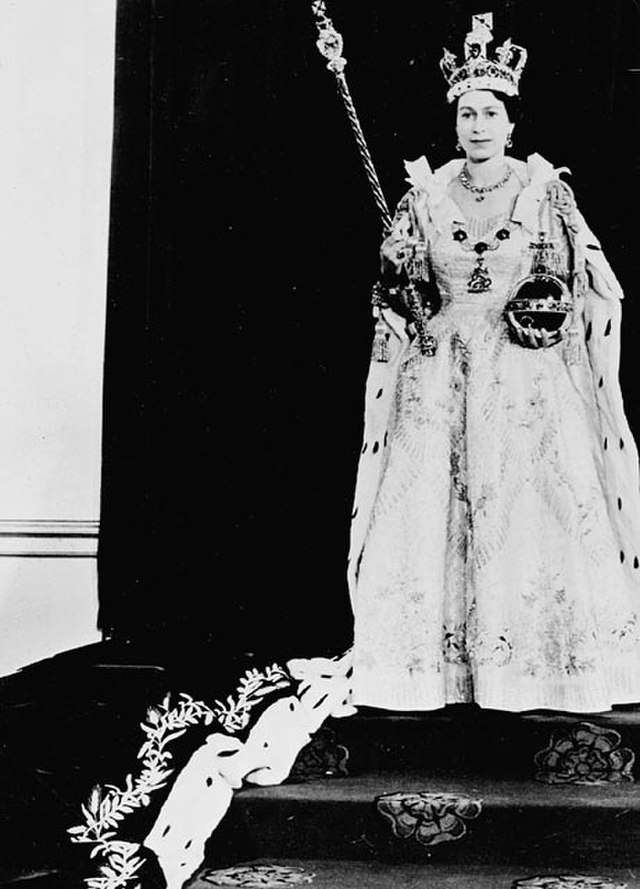
Early on in my reading, I came across a blog post on the Historic UK website written by diamond grader (what a cool job!) Laurie Wickwire about a trip to visit the Crown Jewels at the Tower of London. Wickwire finds that she is more drawn to something other than the jewels. As she thinks back to the coronation of Elizabeth II, the last time the items were used, she writes: “Whilst watching those black-and-white images of the coronation, keen eyes would surely have noticed, there exists alongside the undoubted stars of the ceremony a quiet, often overlooked understudy – an understudy which plays its own crucial role in this spectacle of royal pageantry: the Coronation Robes.”
As a fashion history blogger, I’m not sure I would have considered the stunning robes to be the “understudies” of the ceremony, but I think she may be right! For all of the interest in royal pomp and grandeur and information about the Crown Jewels, it is surprisingly hard to find background on the robes. Even when searching the content of the royal fashion history course that I took over the summer I found few references.
Near the end of my course material is the famous image of Queen Elizabeth II after her coronation and yes, no mention is made of her robe. Much has been said of her coronation gown, created by Norman Hartnell, and of course each of the Crown Jewels, but the magnificent robes do seem to somehow go unnoticed.
I even came across this Royal Family Channel segment on an exhibition that Buckingham Palace presented in honor of the 60th anniversary of the queen’s coronation. Her dress, robe, and crown are shown yet the robe goes without comment.
Why do you think that the robes, clearly front and center of the event, get relegated as the “understudy?”
Different robes worn during the coronation
Because of my limited exposure to coronation ceremonies, I didn’t know off-hand that in addition to the many jewels and artifacts presented to the sovereign at the time of their anointing, four different robes are placed on their shoulders.
The current coronation ceremony is based on the 1308 coronation of Edward II. A surviving record, the Liber Regalis, allowed the ceremony to be passed down and for artifacts to be recreated if destroyed.
The following robes are required for the ceremony (which lasted five hours when Elizabeth II took the crown):
Robe of State
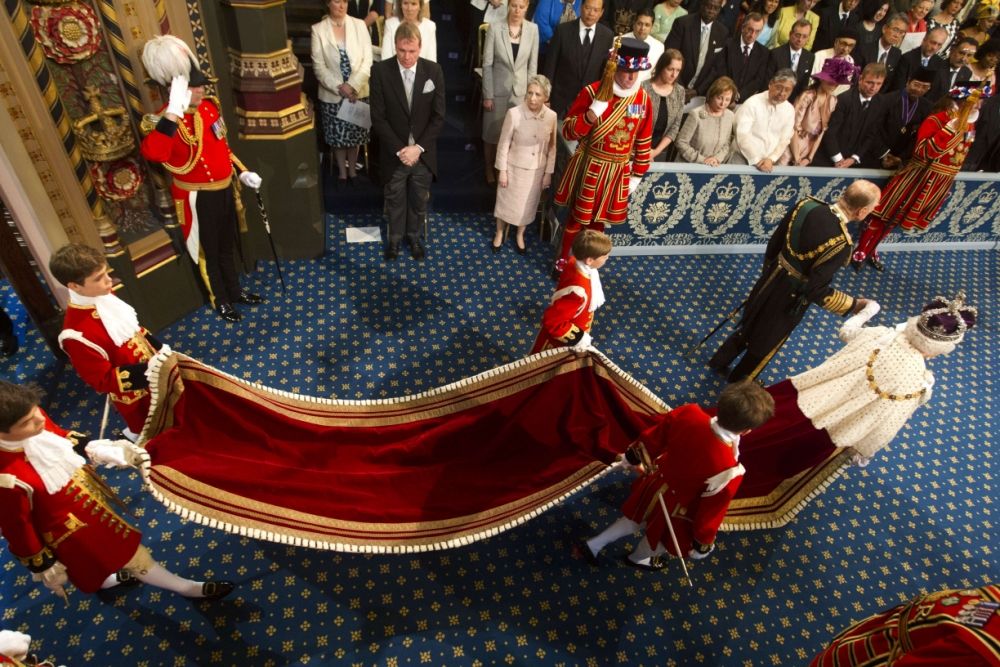
This is the robe worn upon entrance into Westminster Abby and then each year at the opening of Parliament. Historic UK states that it is made of red velvet, gold embroidery, and regal ermine from Canada. This item is made new for each new queen or king. And does it look a bit difficult to walk in? It may be! Queen Elizabeth’s is 14 feet long.
Queen Elizabeth’s Robe of State was created by Ede’s and Ravenscroth with embroidery by the Royal School of Needlework. Both have rich histories and do such fascinating things. I’d highly suggest looking at their websites if you have any interest in needlework or tailoring.
Colobium Sindonis
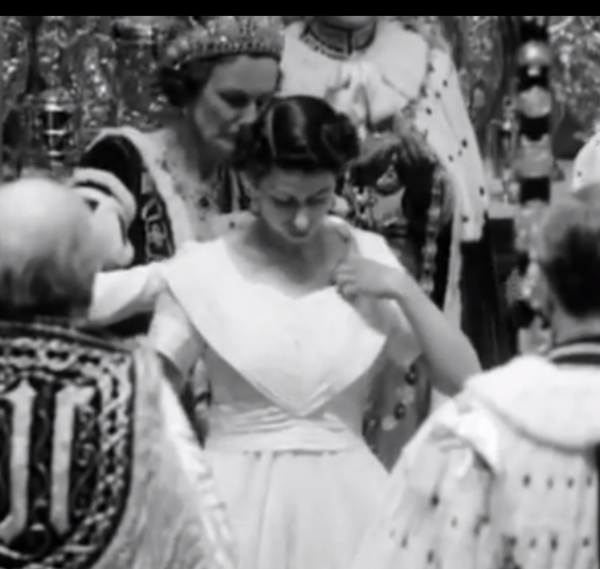
From what I understand, the “anointing” portion of the coronation is when the new monarch is anointed using the Coronation Spoon from the Crown Jewels, the oldest surviving item in the collection. It is also during this portion that the new monarch has the Colobium Sindonis placed on their shoulders. ‘Colobium Sindonis’ is Latin for ‘Shroud Tunic’ and is simple, white, and meant to symbolize purity before God. Queen Elizabeth’s had armholes and fastened in the back, so I thought about leaving it out of this post, but it is still referred to as one of the “Coronation Robes,” so here it is!
Supertunica
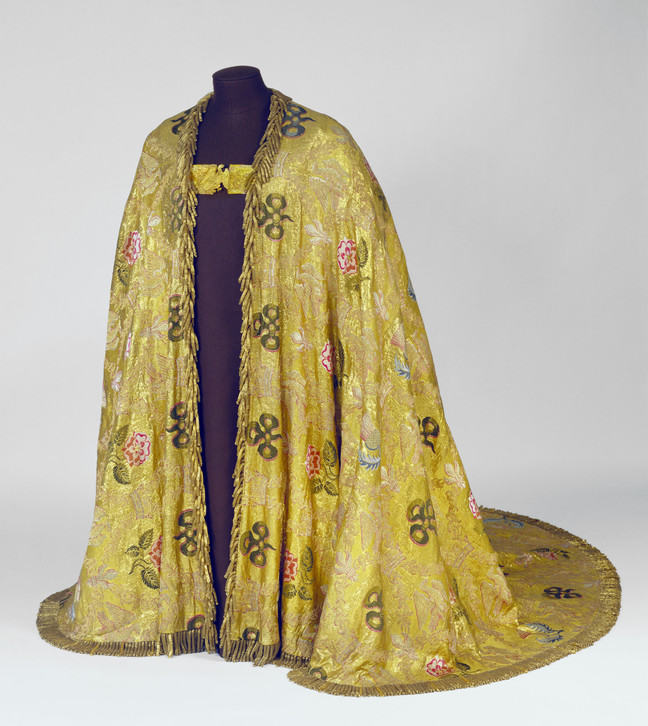
The Supertunica is the one robe that is passed down by monarchs rather than being made for each coronation. It is described by the Royal Collection Trust as “A full-length, sleeved coat of gold silk, opening at the front, with a narrow strip and wider band of foliate-embroidered ornament to either side and lined with red tabby silk; with a belt similarly embroidered and with a gold buckle cast with roses, thistles and shamrocks.” The one pictured here was worn by King George V, King George VI and Queen Elizabeth II.
Imperial State Robe
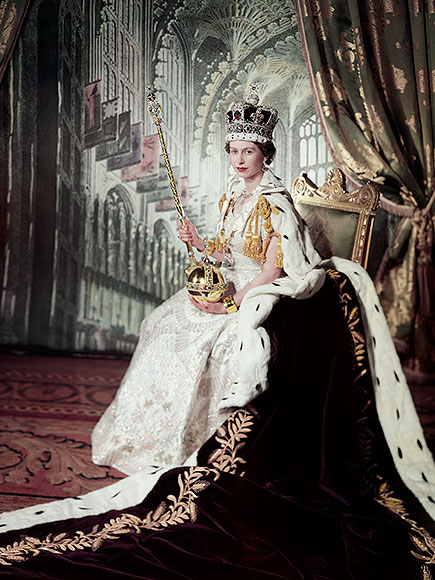
This is the robe that readers may be most familiar with as it is the one worn at the time of the actual crowning and then exiting the chapel. It is made of purple velvet and white Canadian ermine. According to the Historic UK blog post mentioned earlier, Queen Elizabeth’s Imperial State Robe weighed 15 pounds and trails 21 feet! That makes the 14 foot Robe of State worn at the beginning of the ceremony seem puny!
The beautiful gold embroidery took 12 seamstresses 3,500 hours to complete. I think it is simply magnificent! But yes, compared to the interest the world has in the Crown Jewels, perhaps it is an afterthought. Hopefully, this blog post will do a tiny part to increase curiosity in these historic works of art.

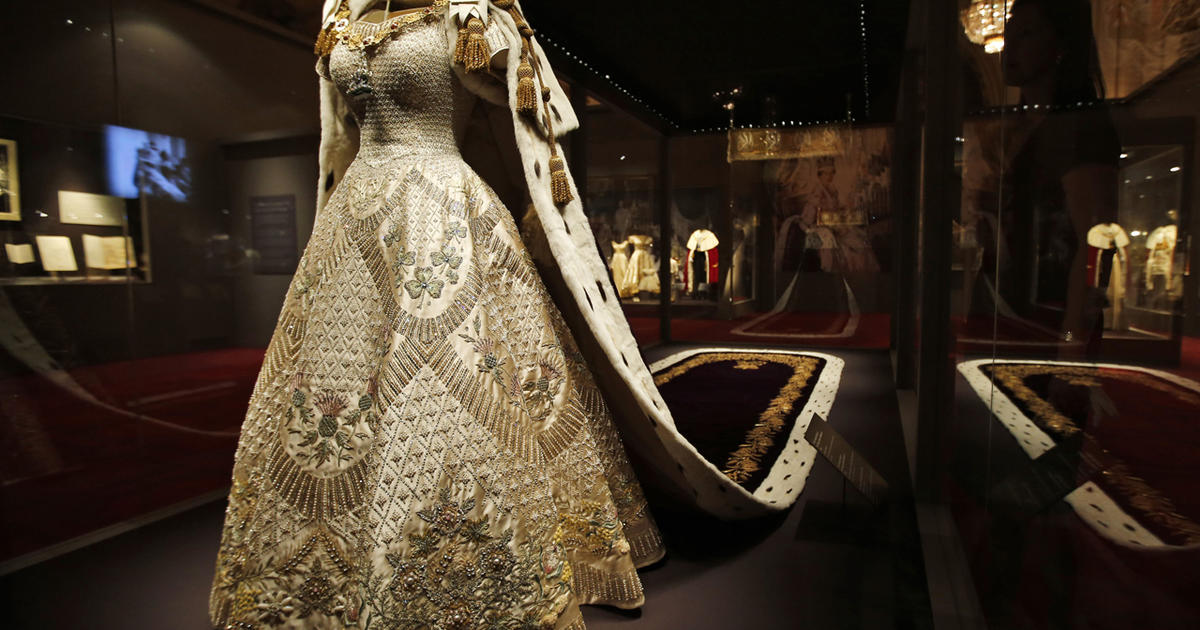
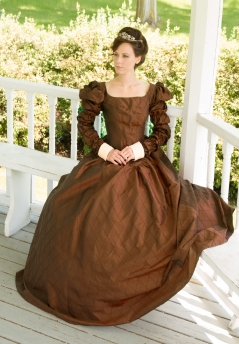






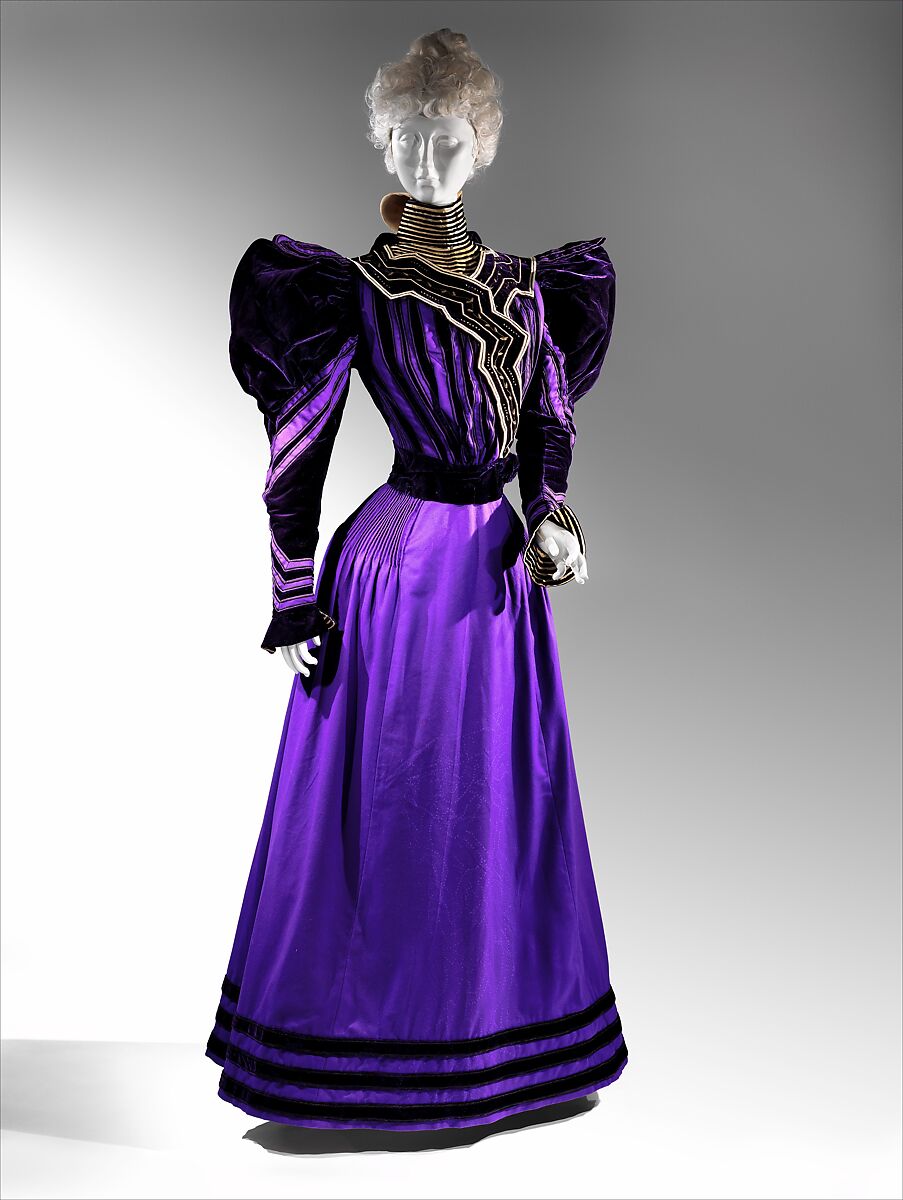


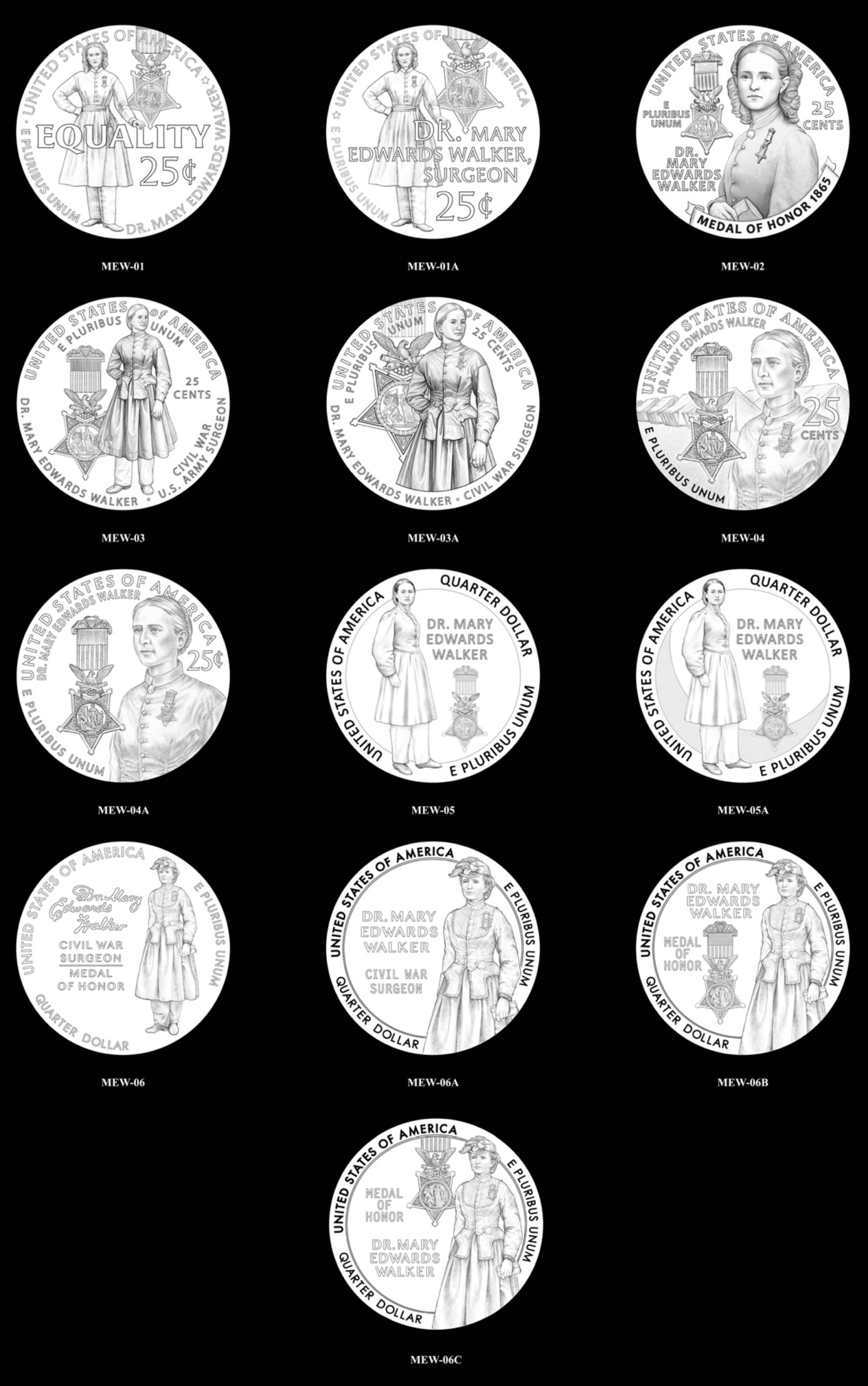
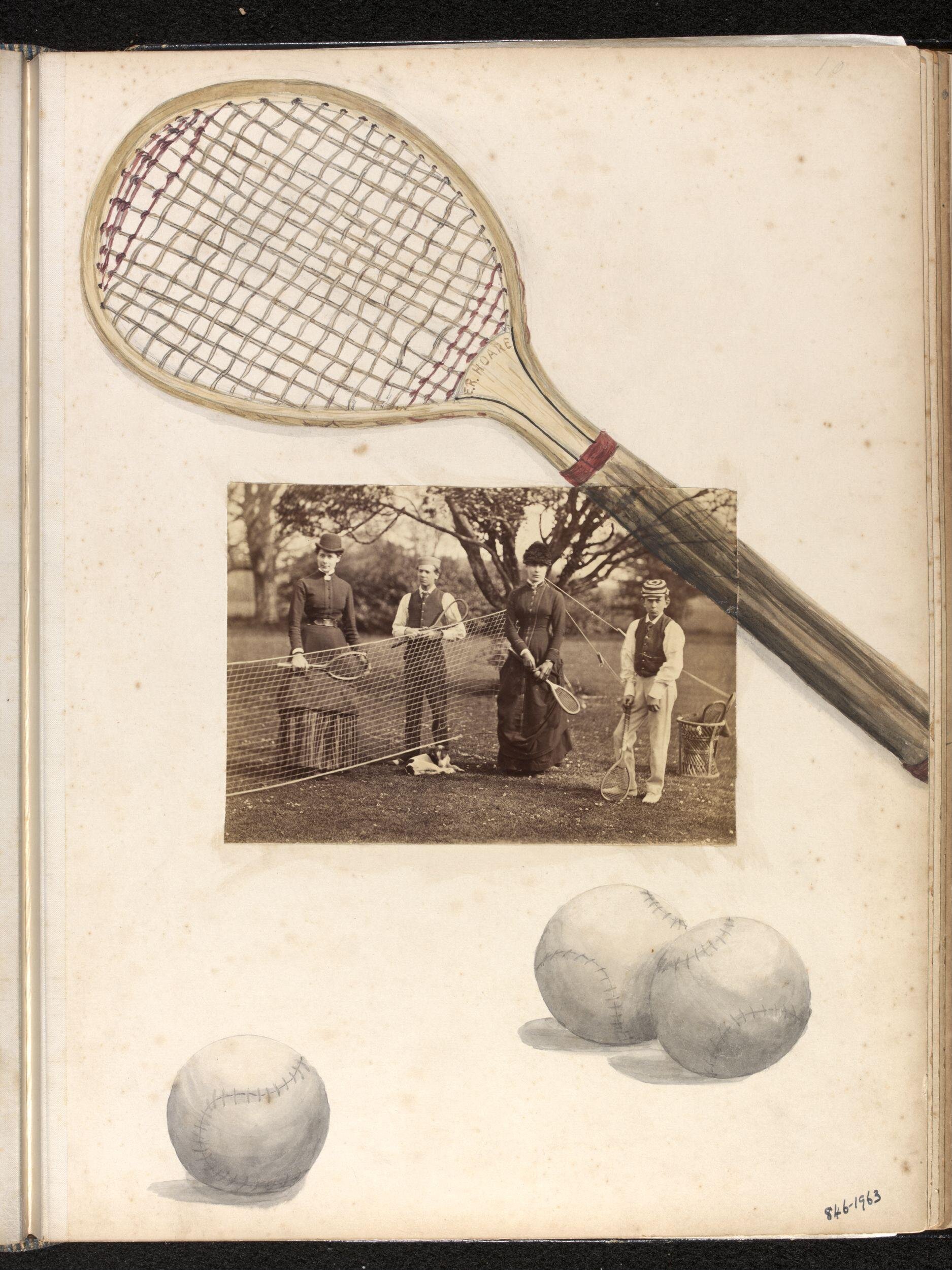
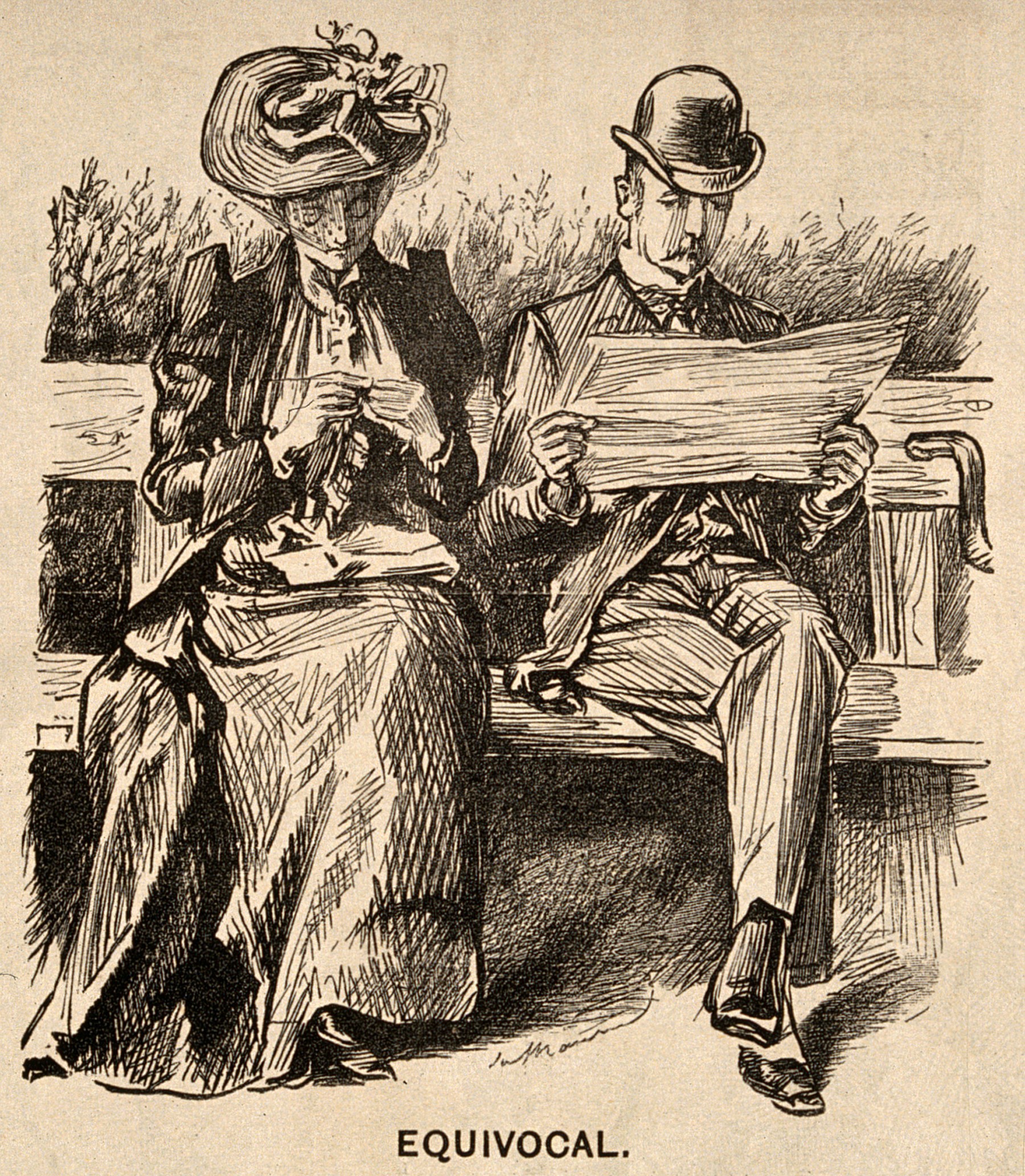
[…] read about the various robes of the coronation, go here where you can read that the coronation supertunica (see below) is the only item that is passed down […]